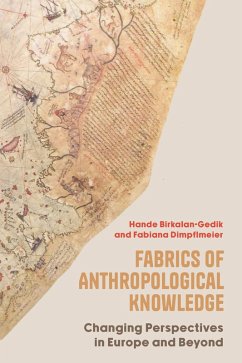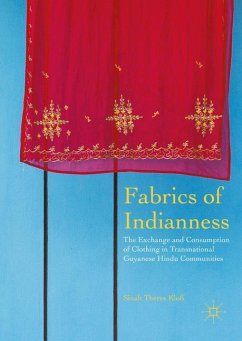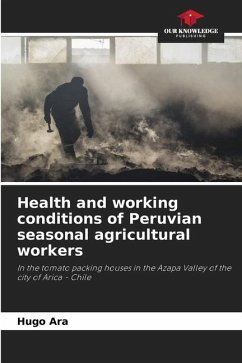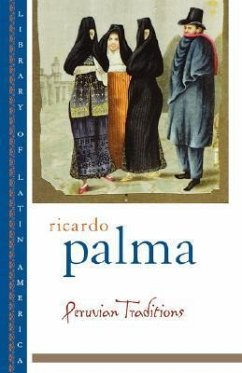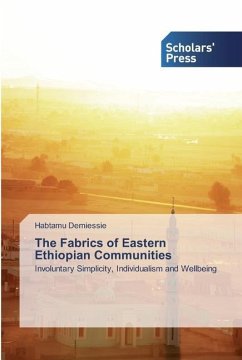
Peruvian Fabrics
Anthropological Papers Of The American Museum Of Natural History V12, Part 4 (1916)
Versandkostenfrei!
Versandfertig in 1-2 Wochen
20,99 €
inkl. MwSt.

PAYBACK Punkte
10 °P sammeln!
Peruvian Fabrics: Anthropological Papers Of The American Museum Of Natural History V12, Part 4 (1916) is a comprehensive study of the textiles produced by the indigenous people of Peru. The book is authored by Morris De Camp Crawford, an American anthropologist who conducted extensive research on Peruvian textiles during the early 20th century. The book is part of the Anthropological Papers series published by the American Museum of Natural History and is the fourth part of Volume 12. The book provides a detailed account of the history, production, and cultural significance of Peruvian fabrics...
Peruvian Fabrics: Anthropological Papers Of The American Museum Of Natural History V12, Part 4 (1916) is a comprehensive study of the textiles produced by the indigenous people of Peru. The book is authored by Morris De Camp Crawford, an American anthropologist who conducted extensive research on Peruvian textiles during the early 20th century. The book is part of the Anthropological Papers series published by the American Museum of Natural History and is the fourth part of Volume 12. The book provides a detailed account of the history, production, and cultural significance of Peruvian fabrics. Crawford examines the different techniques used by the Peruvian weavers, including spinning, dyeing, and weaving. He also discusses the various types of textiles produced, such as blankets, ponchos, and bags, and their different uses in Peruvian society. The book also includes numerous illustrations and photographs of Peruvian fabrics, providing readers with a visual understanding of the textiles discussed in the text. Additionally, the book includes a bibliography of sources used by Crawford in his research, as well as an index for easy reference.Overall, Peruvian Fabrics: Anthropological Papers Of The American Museum Of Natural History V12, Part 4 (1916) is a valuable resource for anyone interested in the history and culture of Peru, as well as the art of textile production.This scarce antiquarian book is a facsimile reprint of the old original and may contain some imperfections such as library marks and notations. Because we believe this work is culturally important, we have made it available as part of our commitment for protecting, preserving, and promoting the world's literature in affordable, high quality, modern editions, that are true to their original work.



